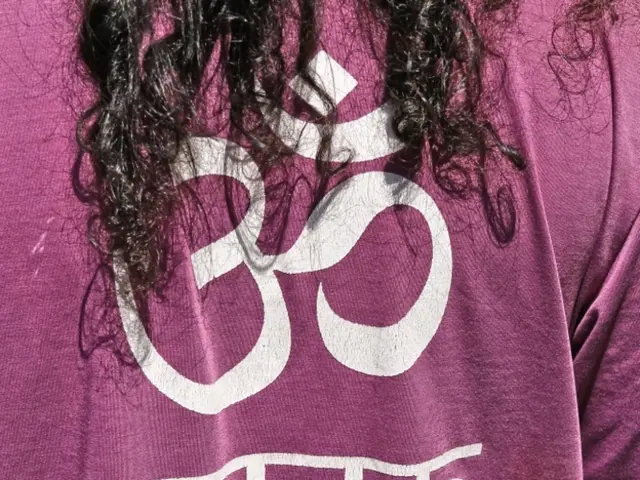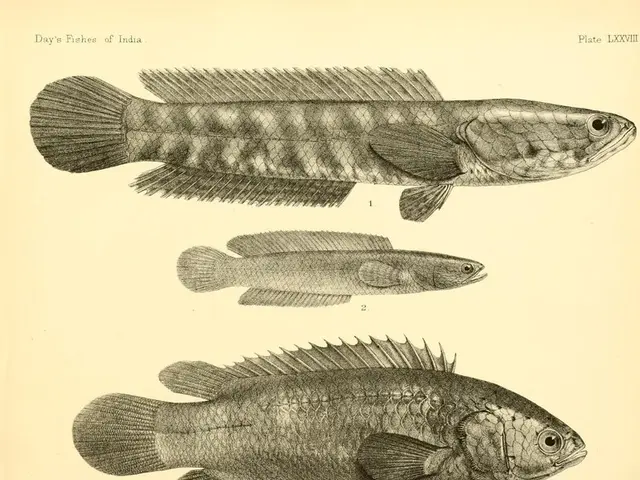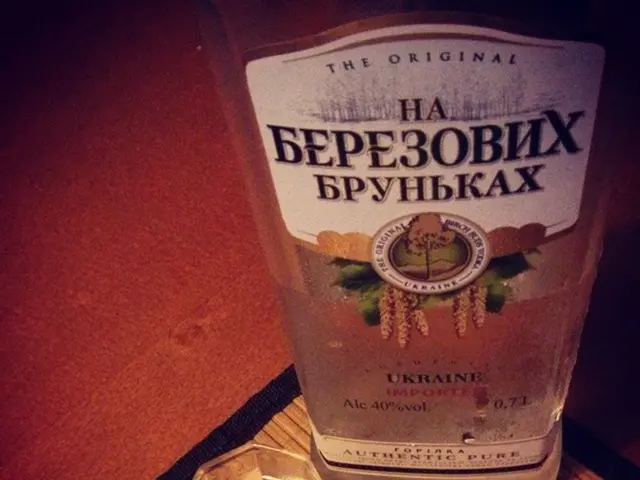Different Species of Salmon and Guidance on Purchasing, Storage, and Preparation
Tired of the salmon hype? You're not alone! But this pink sea creature just might deserve the praises it gets. Here's why:
Salmon is an excellent protein source, packed with potassium, vitamin B12, and, most famously, omega-3 fatty acids. These unsaturated fats support brain, heart, and joint health.
But with so many salmon types out there, choosing the right one can feel like navigating the sea itself!
From Sockeye to Steelhead, here's a breakdown of the most popular salmon types:
Sockeye Salmon - A Pacific Ocean native, this red-fleshed fish is known for its robust flavor and fatty texture. Best enjoyed grilled or smoked, the Sockeye is a true taste sensation. Ask your fishmonger to ensure its smell isn't too overpowering.
Coho Salmon, or Silver Salmon, boasts a milder flavor compared to Sockeye. You can even cook the whole thing on a grill or smoker, given its typical size of 8-12 pounds.
Pink Salmon is the most basic variety, often processed for canning or smoking. Recognizable by its humps when spawning, Pink Salmon is mild in taste and low in fat.
Chum Salmon, another Pacific native, is primarily used for its roe. However, it can also be found in fillet form as Keta Salmon. It's less oily than Sockeye, resulting in a lighter flavor.
Steelhead Salmon is actually an ocean trout that behaves like salmon while migrating upstream. Its texture and flavor closely resemble that of the genuine article.
Atlantic Salmon is almost always farm-raised and typically artificially colored. While it's fattier and higher in calories than wild-caught, it's still nutritious. Don't forget about King Salmon, the crème de la crème of the salmon world, known for its exquisite flavor and high amounts of omega-3s.
Regarding sustainability, it's crucial to ensure your salmon is sourced from certified fisheries or ask your fishmonger about their practices. While wild-caught salmon is often considered a more sustainable option, there may still be contaminants present in open waters.
When purchasing salmon, look for light pink (farmed) or dark pink (wild-caught) flesh with no gray or brown spots. It should have a mild, not fishy, scent and feel firm, not slimy.
Store your fish in the refrigerator for up to two days or freeze it for up to eight months. When preparing to cook, remember to properly thaw and pat dry your salmon, ensuring a lovely sear.
Experiment with various cooking techniques like grilling, poaching, sous vide, searing, steaming, smoking, and baking. Opt for raw dishes like sushi or poke with farm-raised, previously frozen salmon to minimize the risk of food-borne illnesses.
And why not take a culinary journey with chef Johnny Hernandez's go-to wild-caught salmon recipe: season it with a blend of fresh herbs, thinly sliced garlic, and olive oil, cook it to medium for optimum flavor, and prepare to be amazed!
From the humble Chum to the luxurious King, there's a salmon for every taste bud. Make your pick, and embrace your salmon journey!
- Sockeye Salmon, known for its robust flavor and fatty texture, is an excellent option for those who prefer a strong-tasting fish, with its high levels of omega-3 fatty acids contributing to heart, brain, and joint health.
- While Coho Salmon has a milder flavor compared to Sockeye, allowing for versatile cooking methods like grilling or smoking, its nutritional benefits remain considerable, especially considering its abundant supply of minerals.
- For those conscious of their calorie intake, Pink Salmon, the mildest and lowest in fat among common salmon types, can be a suitable choice due to its decreased calorie content, while still providing essential nutrients.




